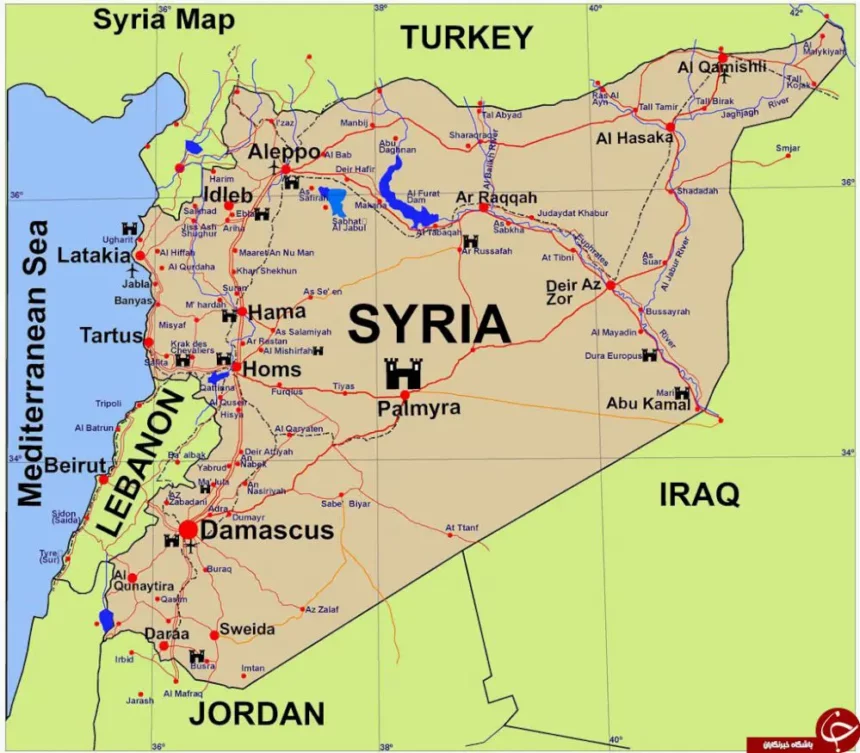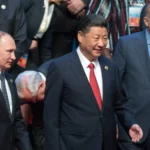Summary by Geopolist | Istanbul Center for Geopolitics:
The article presents a detailed examination of Syria’s enduring instability, attributing much of its struggles to its geographic and historical context. Syria’s geography has long been a source of vulnerability, lacking significant natural barriers both internally and along its borders. This has made the country susceptible to invasions and internal fragmentation. The modern borders of Syria are largely artificial, failing to reflect the natural divisions within the region. This has resulted in fragile boundaries and a weak sense of national identity, contributing to the country’s historical lack of independence and stability.
The fragmented geography of Syria divides the country into six distinct regions, each with its own unique characteristics. Damascus, located in an oasis bordered by mountains and desert, functions as a central but isolated stronghold. Aleppo, situated in the north, serves as a trade gateway and has historically been a rival to Damascus due to its economic significance and proximity to regional powers like Turkey. The coastal strip along the Mediterranean has been a refuge for religious minorities and a crucial area for alliances with foreign powers, such as France and Russia. The corridor connecting Damascus to Aleppo, passing through Homs and Hama, has been both a vital route of control and a frequent site of rebellion. The eastern Euphrates River Valley forms part of the broader Jazira region, historically linked more closely to Mosul than to Damascus. Finally, the rugged terrain in the south, including Jabal al-Druze, has provided refuge for persecuted minorities but has also further fragmented the country.
This geographic division has prevented the formation of a strong national authority, leaving Syria vulnerable to external powers and internal strife. Throughout history, Syria has alternated between being a frontier for great empires and a battleground for rival powers. The absence of a cohesive national identity has made it fertile ground for radical ideologies, from Pan-Arabism to Islamic fundamentalism. Even the apparent stability achieved under Hafez al-Assad’s Baathist regime relied on authoritarian control rather than genuine unity.
The civil war that erupted during the Arab Spring highlighted the enduring influence of Syria’s geography on its conflicts. Control over the Homs-Hama corridor, linking Damascus to Aleppo, proved decisive. While Assad’s forces, supported by Russia and Iran, initially secured this route, the rise of Hayat Tahrir al-Sham has shifted the balance of power. However, the conclusion of one chapter of war does not imply lasting peace. The fragmented geography ensures that Syria remains prone to further conflict.
The article underscores that Syria’s struggles are deeply rooted in its geographic realities. These challenges have shaped its history, governance, and conflicts, ensuring that the path to stability will remain fraught with difficulties. Even with changes in power, the geographic and historical factors that have long plagued Syria continue to define its trajectory.
Read more here.







